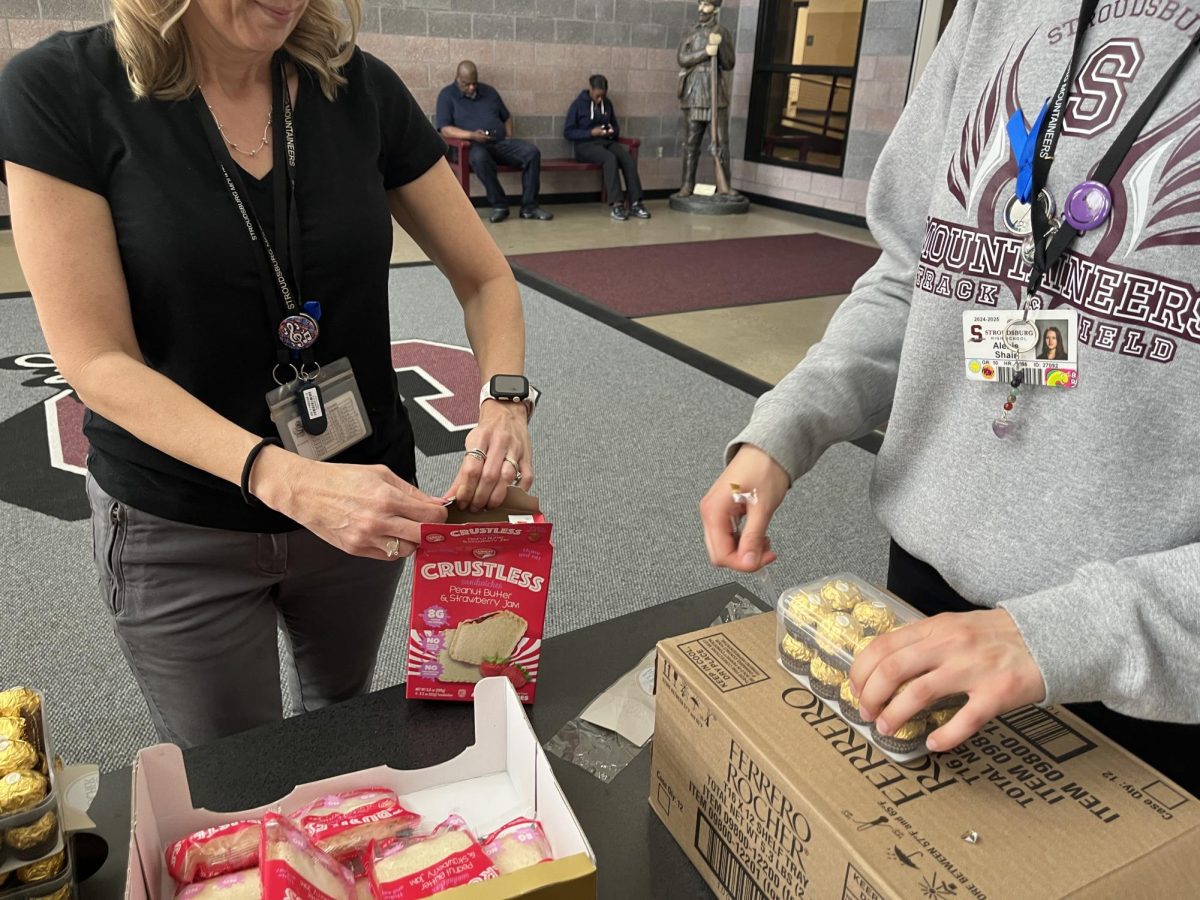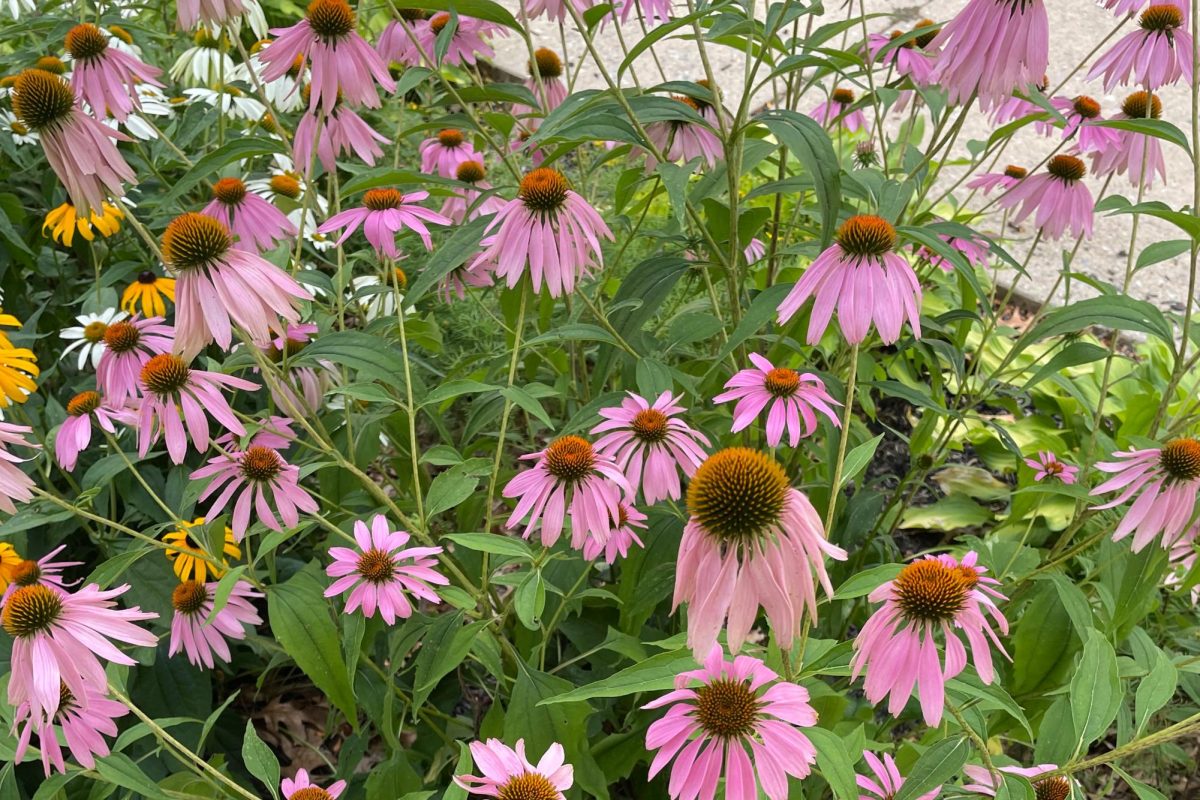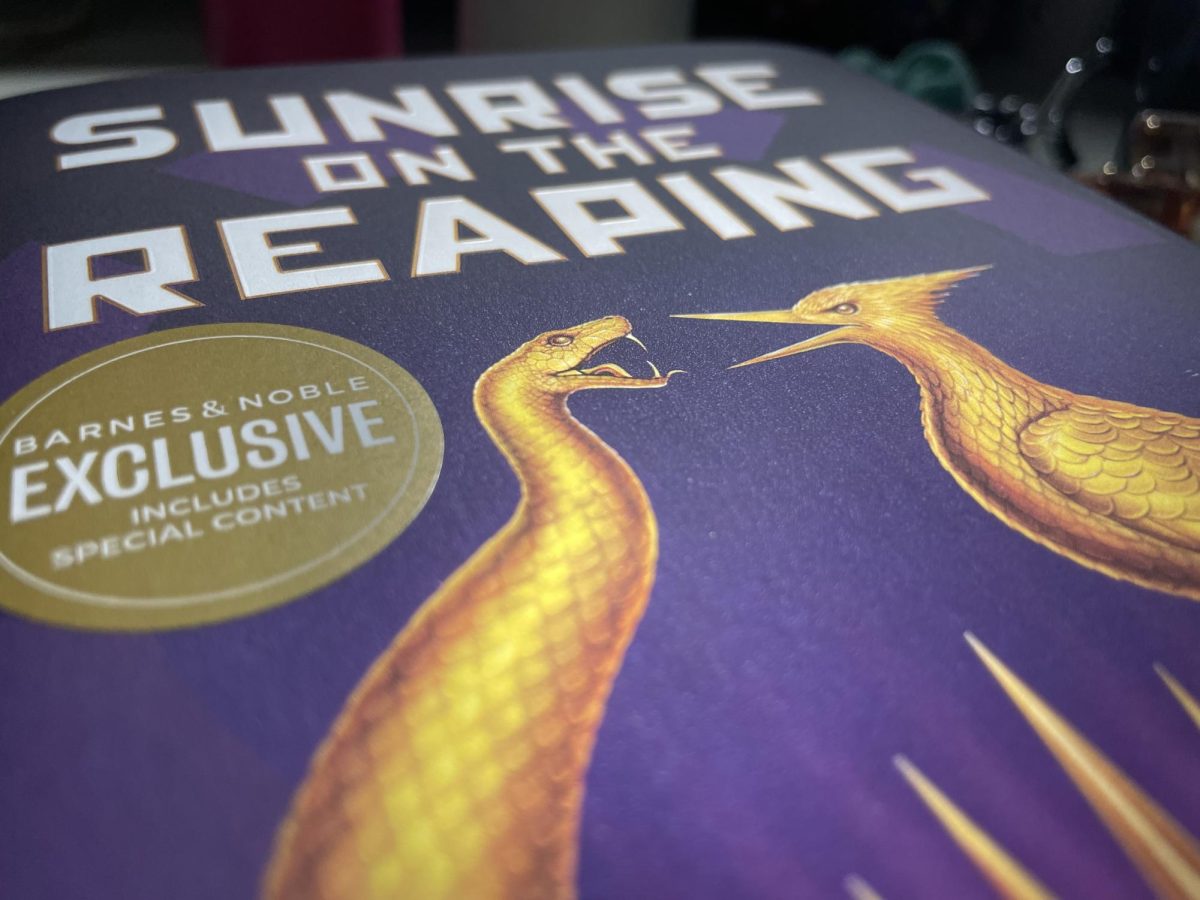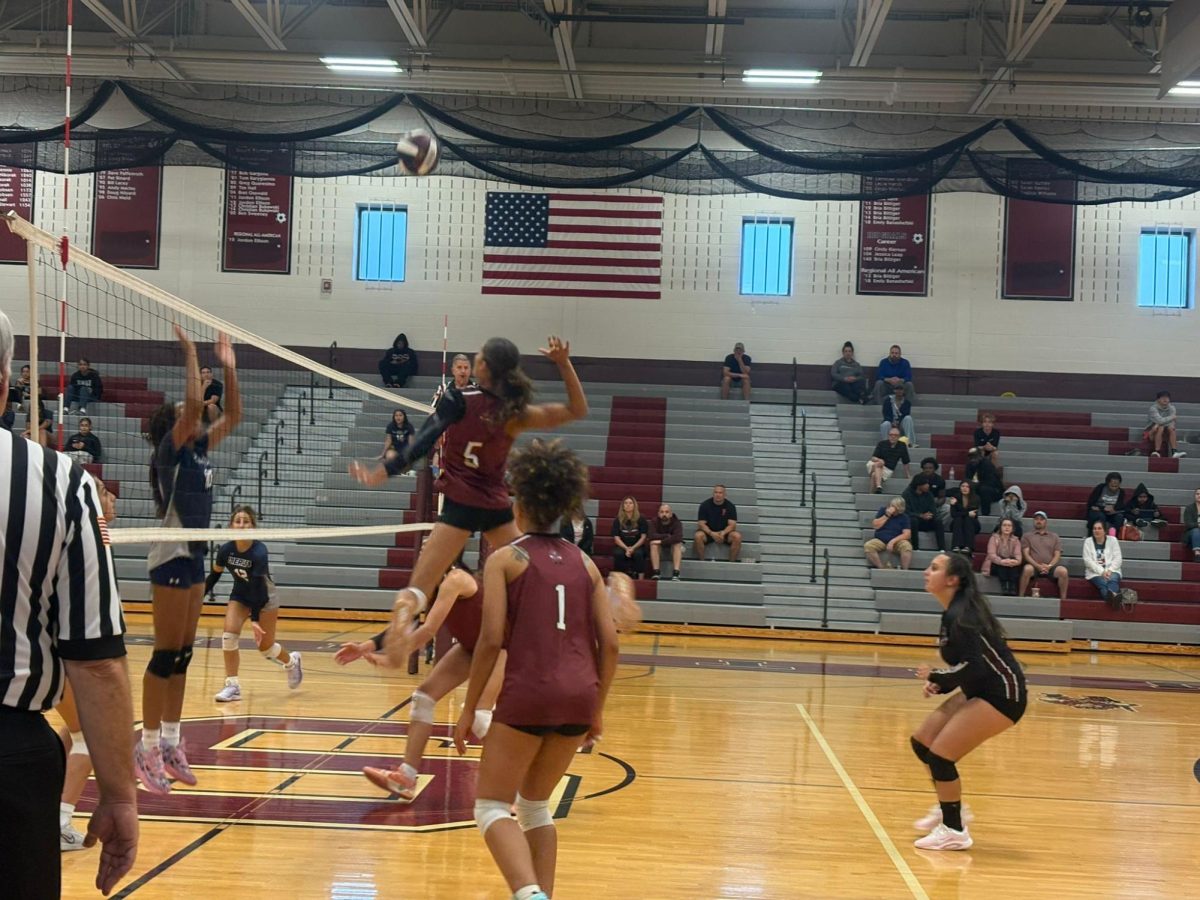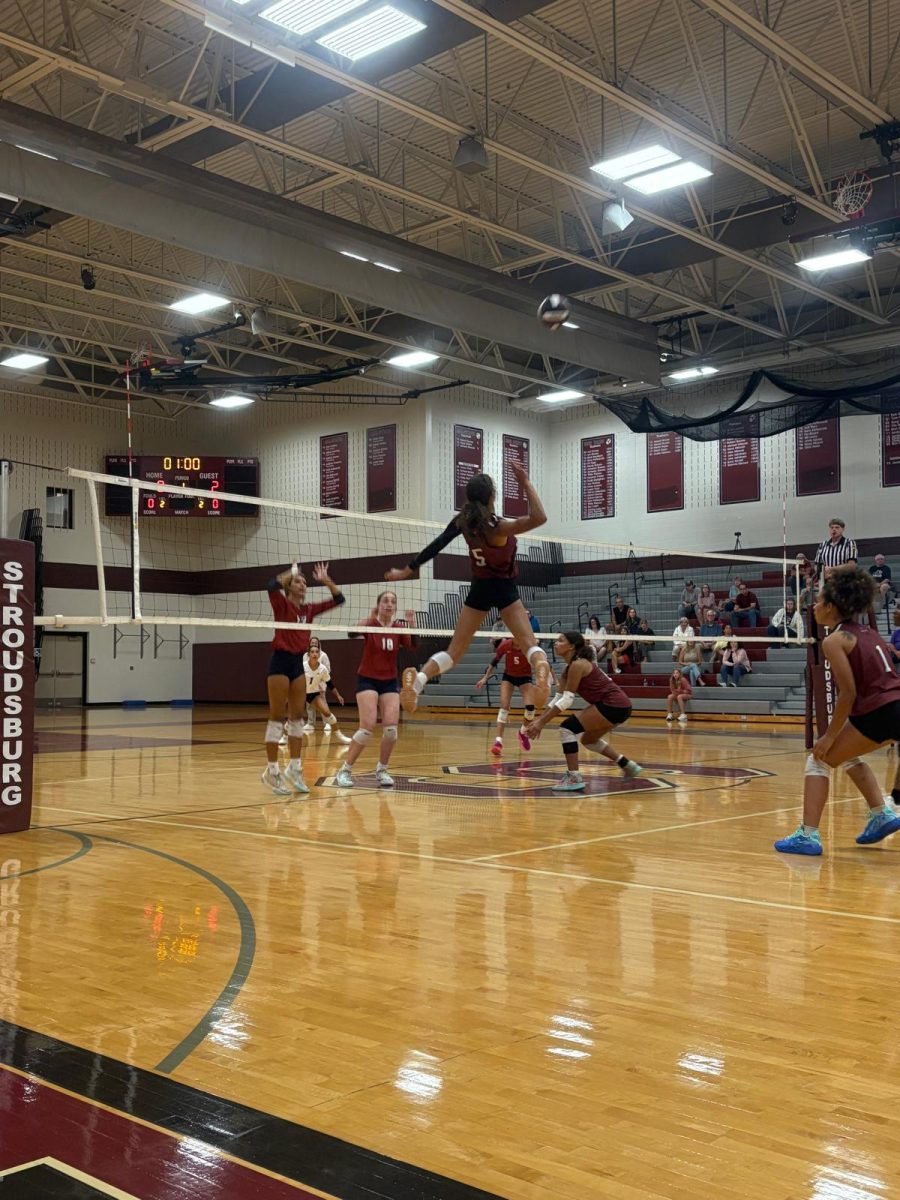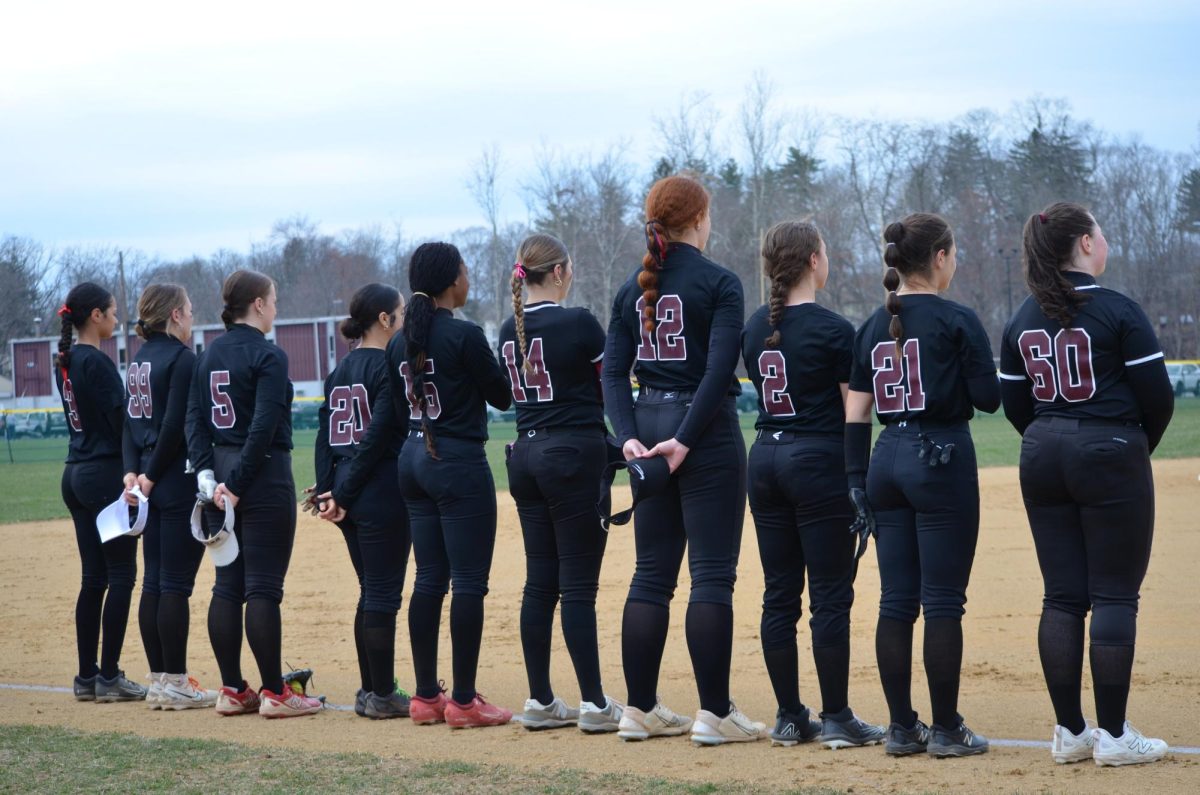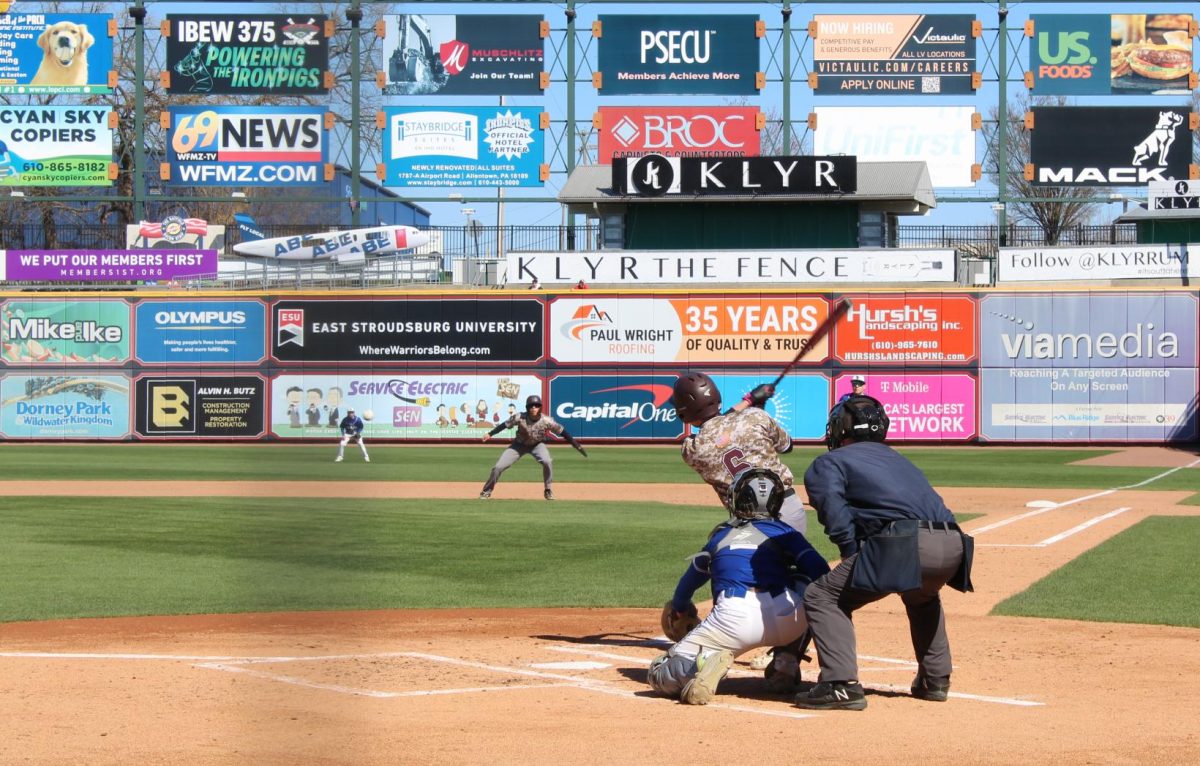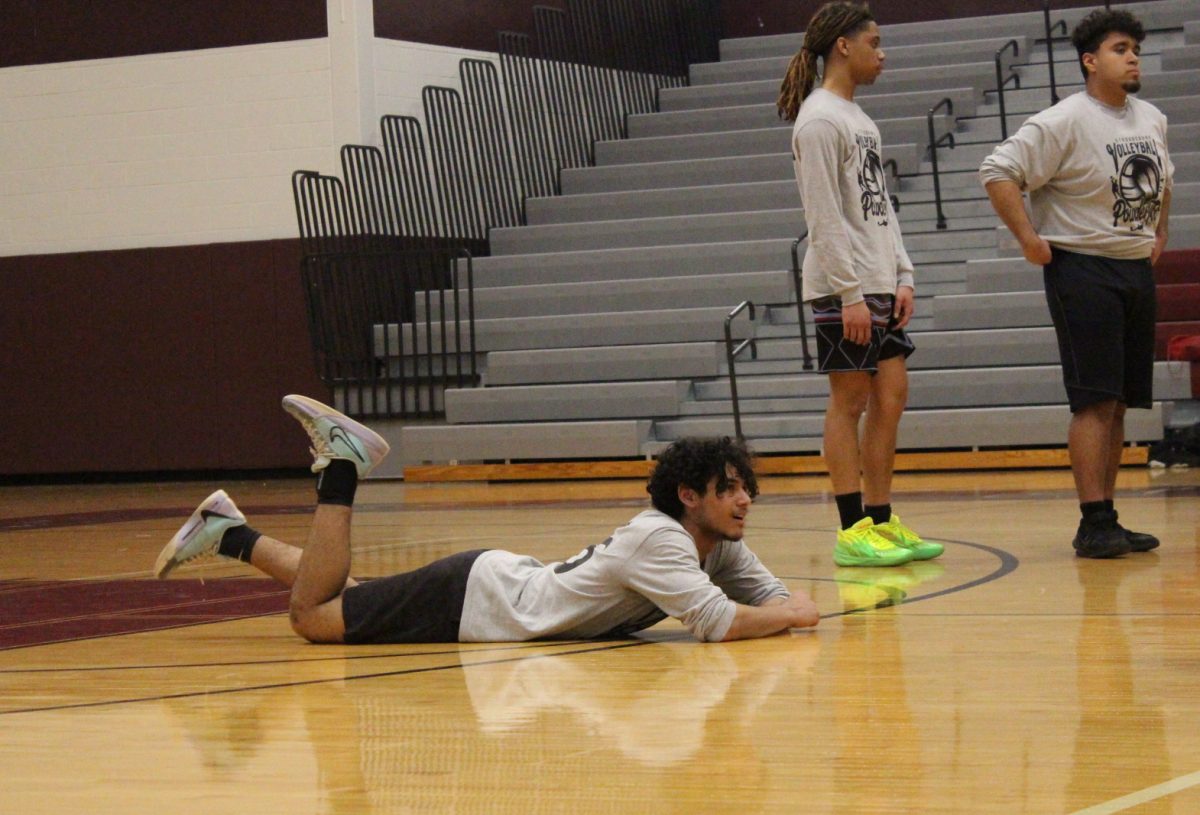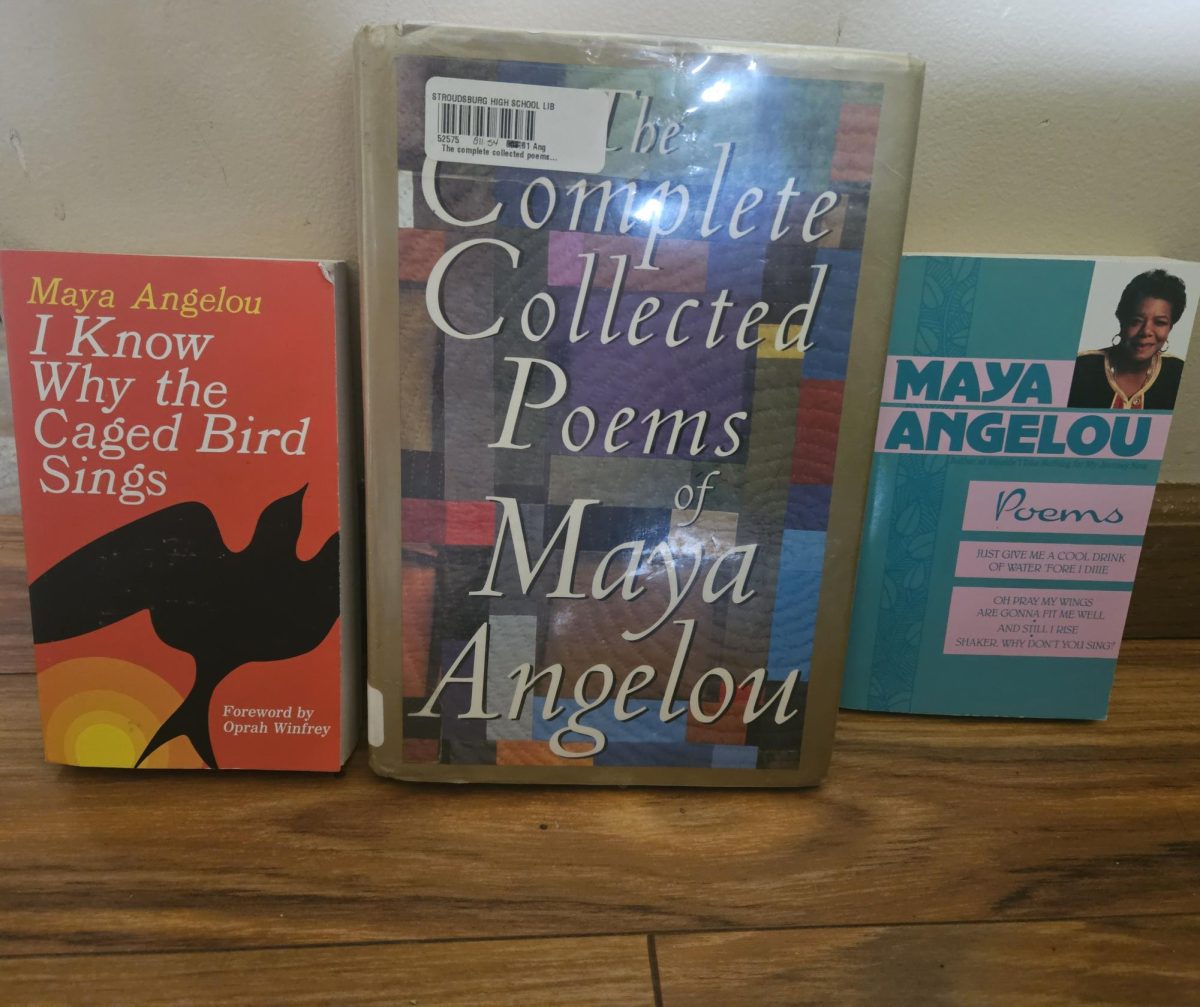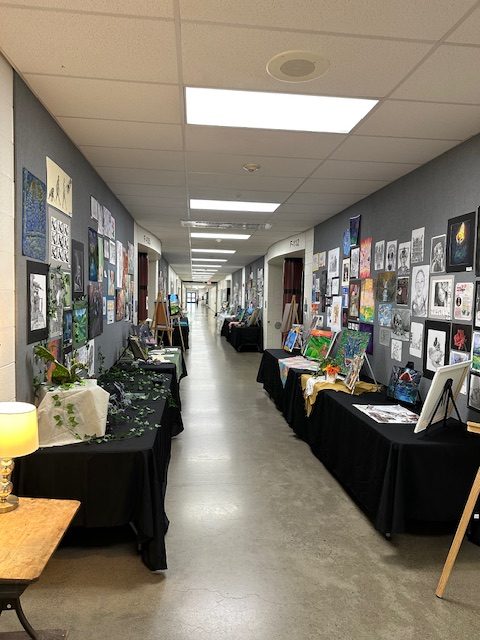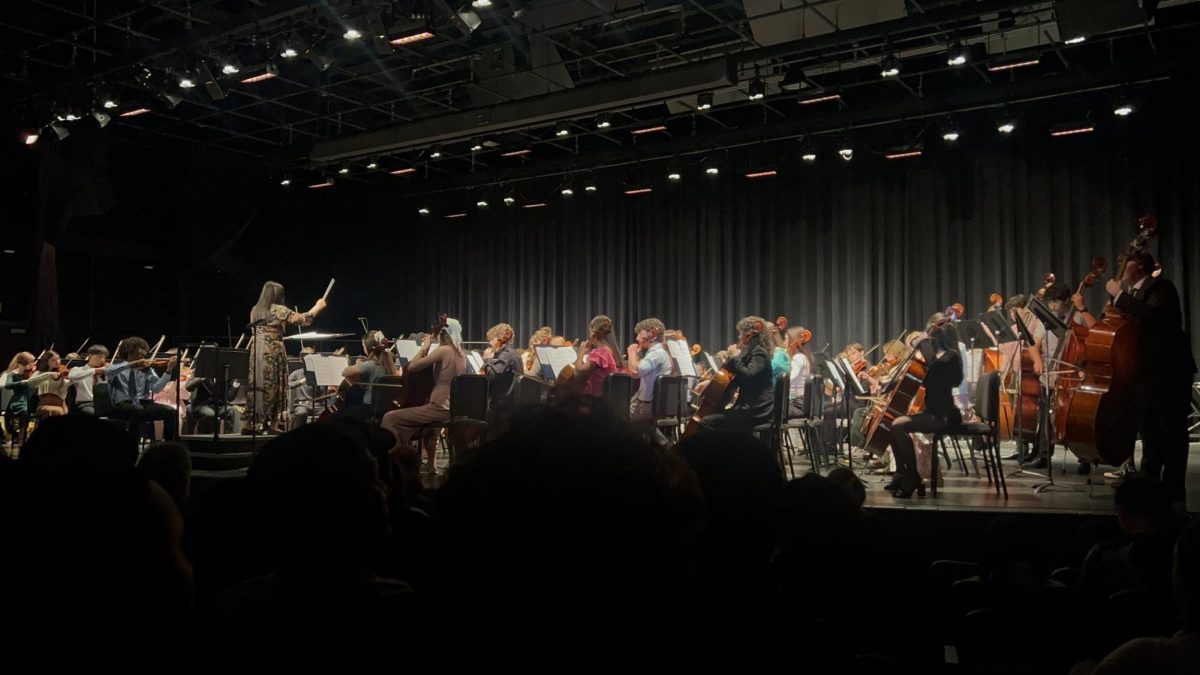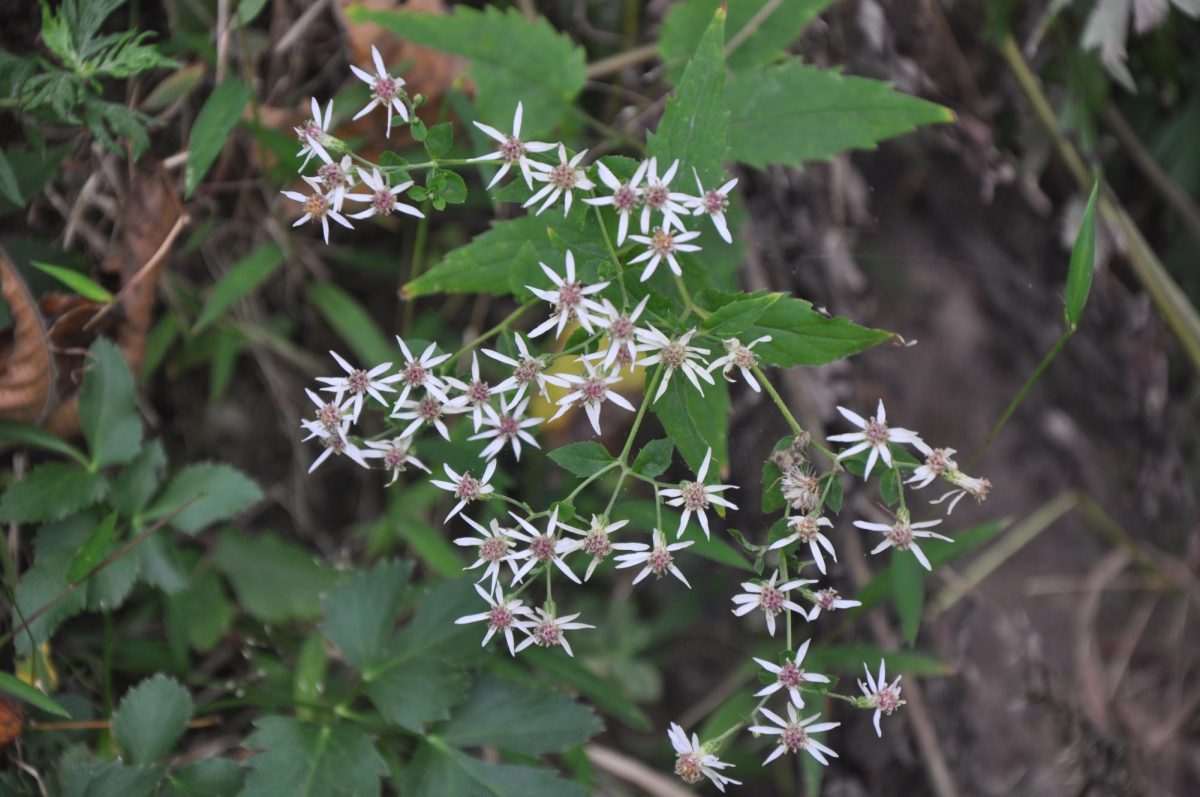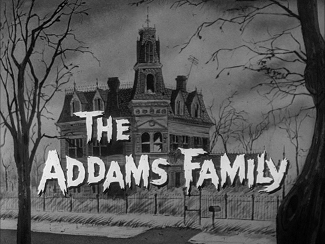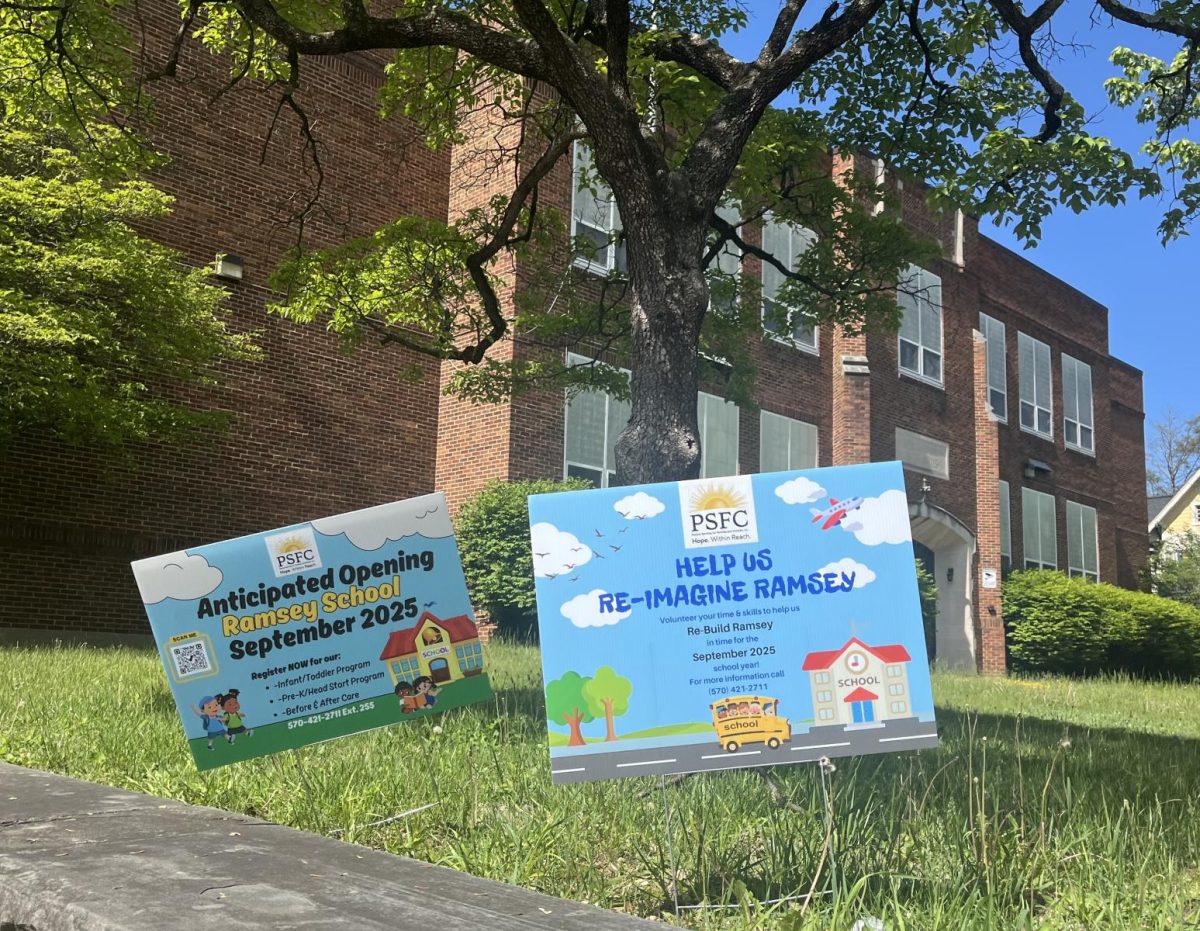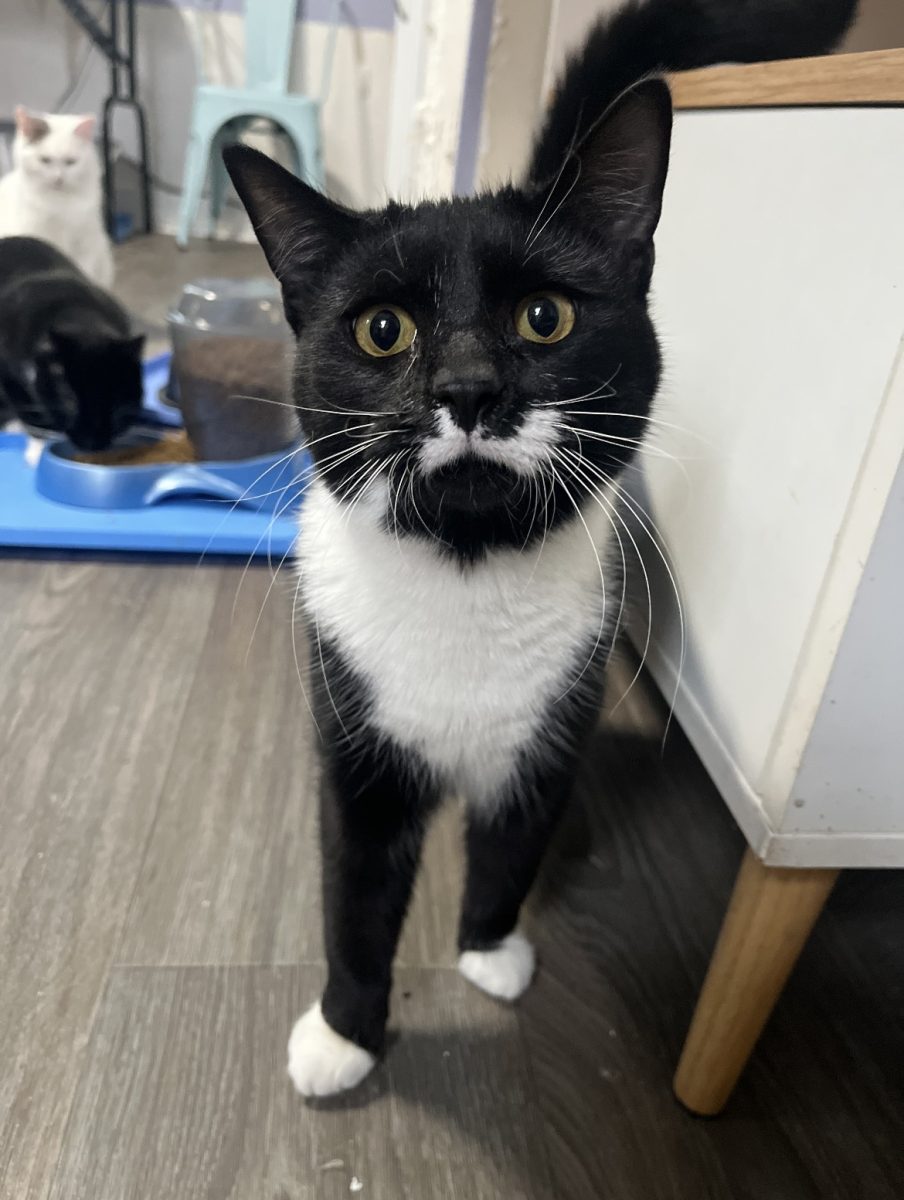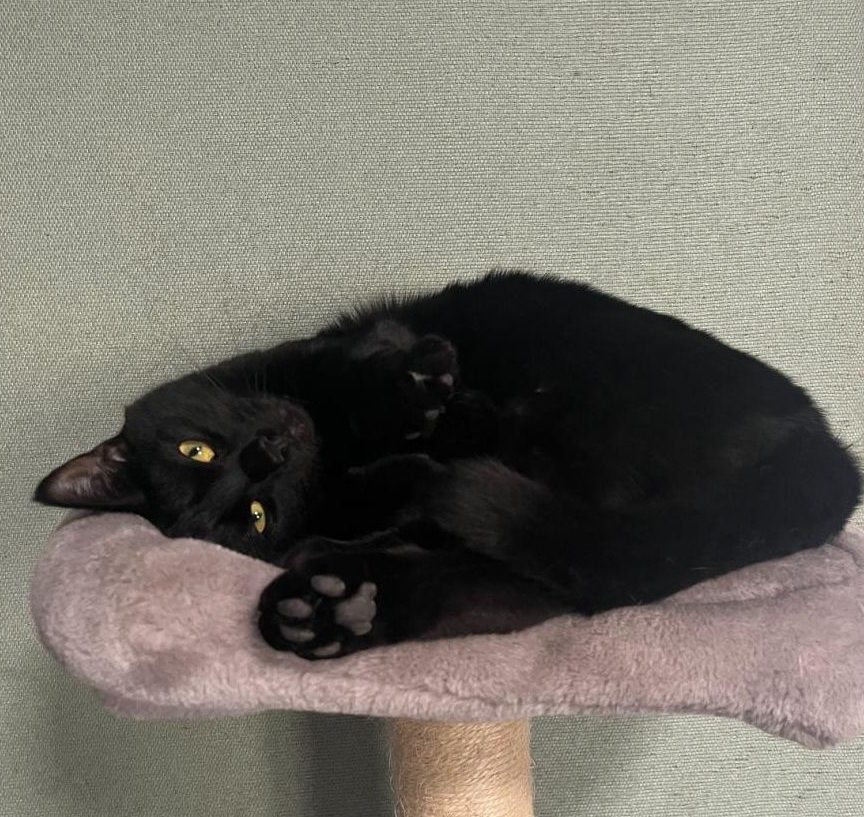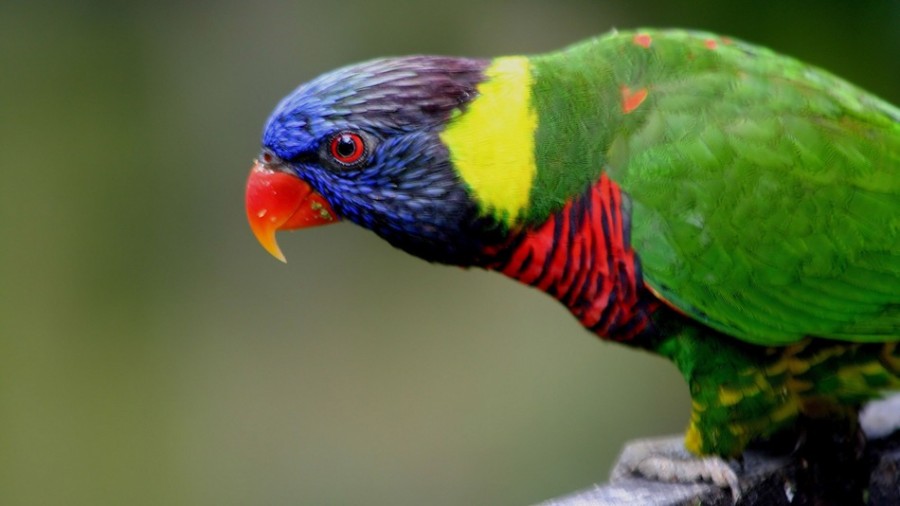Birds, bees, and bats face population blight
January 29, 2015
In the years to come, the time-honored colloquialism of the birds and the bees might have to be reworked for the world’s youth.
This is because there has been an unprecedented decline in the population of these pollinators in the past couple of years.
Beekeepers are currently losing bees at a rate of 33% per year, and recent estimates range between 50 and 80% for losses of certain common bird species.
“The potential here could be devastating,” said science teacher James Bruski.
But it’s not just bird and bees that have seen such harsh losses.
“Certain bat species have dropped as much as 97-98%,” said Dr. Howard Whidden, a professor of biology at ESU.
What may be even more disconcerting than the sheer numbers and statistics is that scientists are not absolutely certain about the causes. Researchers have given vague umbrella terms like “colony collapse disorder” to problems affecting the bees, and while the problems the bats face have been well diagnosed, there’s no current course of action to deal with them.
“I’m not sure there’s anything that can be done to stop the problem,” said Whidden.
Most experts agree that the population decline in all species is related to our own lack of awareness of the issue. After all, birds, while fun to watch and take pictures of, are not typically thought of as vital natural resources, while bees are simply an annoyance to the average person.
“People think: What do we need bees for? All they do is fly around and sting us,” said Mrs. Dobroski, an ecology teacher at Stroudsburg High School.
Bats probably have the worst social stigma of all. Associated from very early on with evil, vampires, and witches, it’s no surprise that, as Dr. Whidden said, “Bats have a bad reputation. We’re either unaware of them, or the awareness we have is negative.”
Birds, bats, and bees, however, play necessary ecological and economic roles in our world. Perhaps most importantly, they act as pollinators, which means they make vital contributions to our food supply and agriculture. Honey bees alone enable the production of at least 90 commercially grown crops in North America. Thus, the problem has the potential not just to affect the environment, but our own personal supply of food.
“The crops that depend on natural pollinators are richest in the vitamins and minerals essential for human health,” said Bruski.
The problem these animals face is usually not quickly associated with our economy, but in fact pollinators contribute more than 24 billion dollars to the US economy, of which honey bees account for more than 15 billion dollars. Bats, which are not typically thought of as pollinators, let alone natural crop defenders, are estimated to be worth upwards of $3 billion a year just in reduction of crop damage. The combined efforts of all pollinators enable the growth of 87 of the leading 115 food crops. That’s 35% of global food production.
Because of the magnitude of the issue and the potential impacts that could result from it, scientist are scrambling for solutions. While the bats have been diagnosed confidently as being endangered due to a fungal problem known as “White Nose Syndrome”, the problems facing birds and bees have been harder to pin down. Most believe it is the result of certain pesticide use. As Mrs Dobroski says: “If they figure out what the problem is, they have the potential to cure the issue.”
Regardless of causation, this problem is one of utmost urgency. If left unattended and ignored it could impact the human race in more ways than we can currently imagine.








